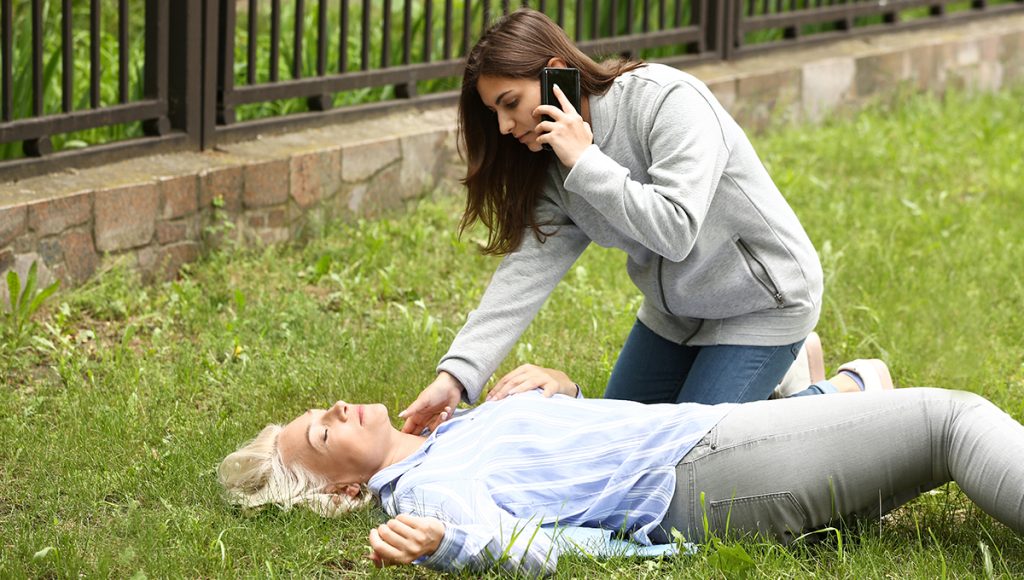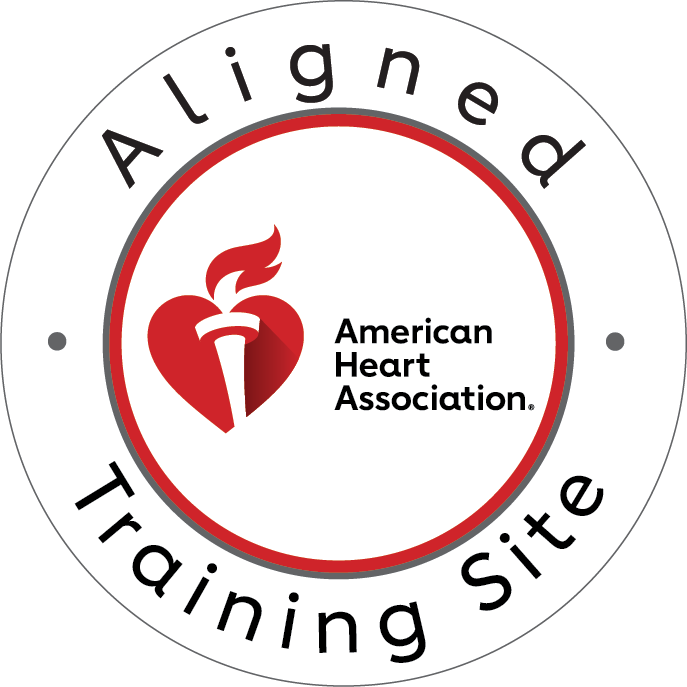Why Bystander CPR Saves Lives
Every second counts during a cardiac arrest and bystander CPR can double or even triple survival rates. Yet, despite its proven effectiveness, many people hesitate to act in emergencies. This article explores the barriers to bystander CPR and provides actionable strategies to empower individuals to step in and save lives.
Understanding the Importance of Bystander CPR
What Is Bystander CPR?
Bystander CPR refers to the immediate assistance provided by someone at the scene of a cardiac arrest. Without intervention, a victim’s chance of survival decreases by 7–10% for every minute that passes without CPR.
The Impact of Bystander CPR on Survival Rates
Studies show that bystander CPR can significantly improve survival outcomes. For instance, data from the American Heart Association (AHA) reveals that communities with high rates of bystander CPR report markedly lower mortality rates from cardiac events.

Common Barriers to Performing Bystander CPR
1. Fear of Doing Harm
Many potential rescuers worry about worsening the victim’s condition or being liable for mistakes. However, Good Samaritan laws provide legal protection for those acting in good faith during emergencies.
2. Lack of Confidence or Training
A lack of hands-on experience often prevents individuals from taking action. Without proper CPR training, bystanders may feel unprepared or overwhelmed during a high-pressure situation.
3. Social and Cultural Factors
Some people hesitate due to cultural norms, fear of stigma, or uncertainty about helping strangers. Encouraging a community-wide culture of care and preparedness can break down these barriers.
4. Misconceptions About CPR
Common myths, such as the belief that CPR is only for healthcare professionals, deter many from stepping in. Education is key to dispelling these misconceptions.
Encouraging Action: Overcoming Barriers to Bystander CPR
1. Simplify the Process Through Hands-Only CPR
Hands-only CPR eliminates the need for mouth-to-mouth resuscitation, making it easier for bystanders to assist. This straightforward method focuses on chest compressions, which are just as effective in the critical moments after cardiac arrest.
2. Promote CPR Training for Everyone
Community access to CPR classes is essential. CPR Cincinnati offers stress-free, hands-on courses tailored for healthcare providers and the general public, ensuring that participants feel confident and prepared.
3. Raise Awareness Through Public Campaigns
Public awareness campaigns can highlight the life-saving potential of bystander CPR. Leveraging social media, local events, and workplace training sessions ensures the message reaches diverse audiences.
4. Foster a Culture of Readiness in Cincinnati
Creating a prepared and responsive community starts with local organizations. CPR Cincinnati partners with businesses, schools, and healthcare providers to offer accessible CPR training and certifications, empowering individuals to act without hesitation.
Building Confidence Through CPR Cincinnati’s Classes
Why Choose CPR Cincinnati?
CPR Cincinnati is an American Heart Association training site offering courses in Basic Life Support (BLS), Advanced Cardiac Life Support (ACLS), Pediatric Advanced Life Support (PALS), and CPR and First Aid. Our stress-free, hands-on approach ensures participants gain practical skills and the confidence to apply them in real-life situations.
A Commitment to Excellence
We’re committed to providing the best CPR classes in Cincinnati by tailoring our training to meet the needs of both healthcare providers and everyday individuals.
Accessible and Convenient Training Options
Whether you’re seeking an initial certification or a renewal, CPR Cincinnati offers flexible
Take Action Today With CPR Cincinnati
Don’t wait for an emergency to realize the importance of CPR training. Join CPR Cincinnati today and gain the skills you need to save lives. Our CPR classes in Cincinnati are stress-free, hands-on, and tailored to build your confidence.
Visit CPR Cincinnati to enroll in a class or learn more about our BLS, ACLS, and PALS training programs. Together, we can create a community of prepared and empowered individuals ready to act when it matters most.




